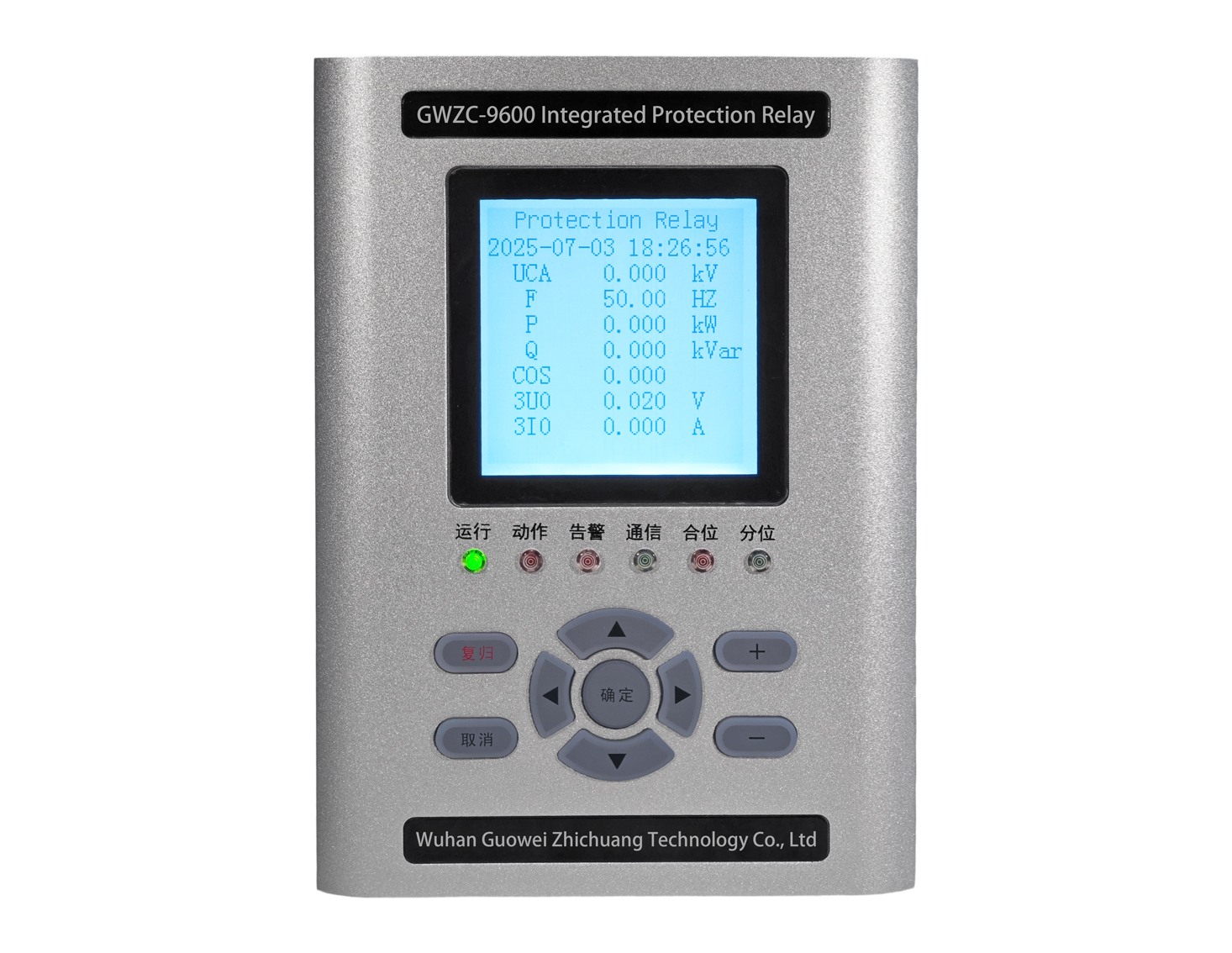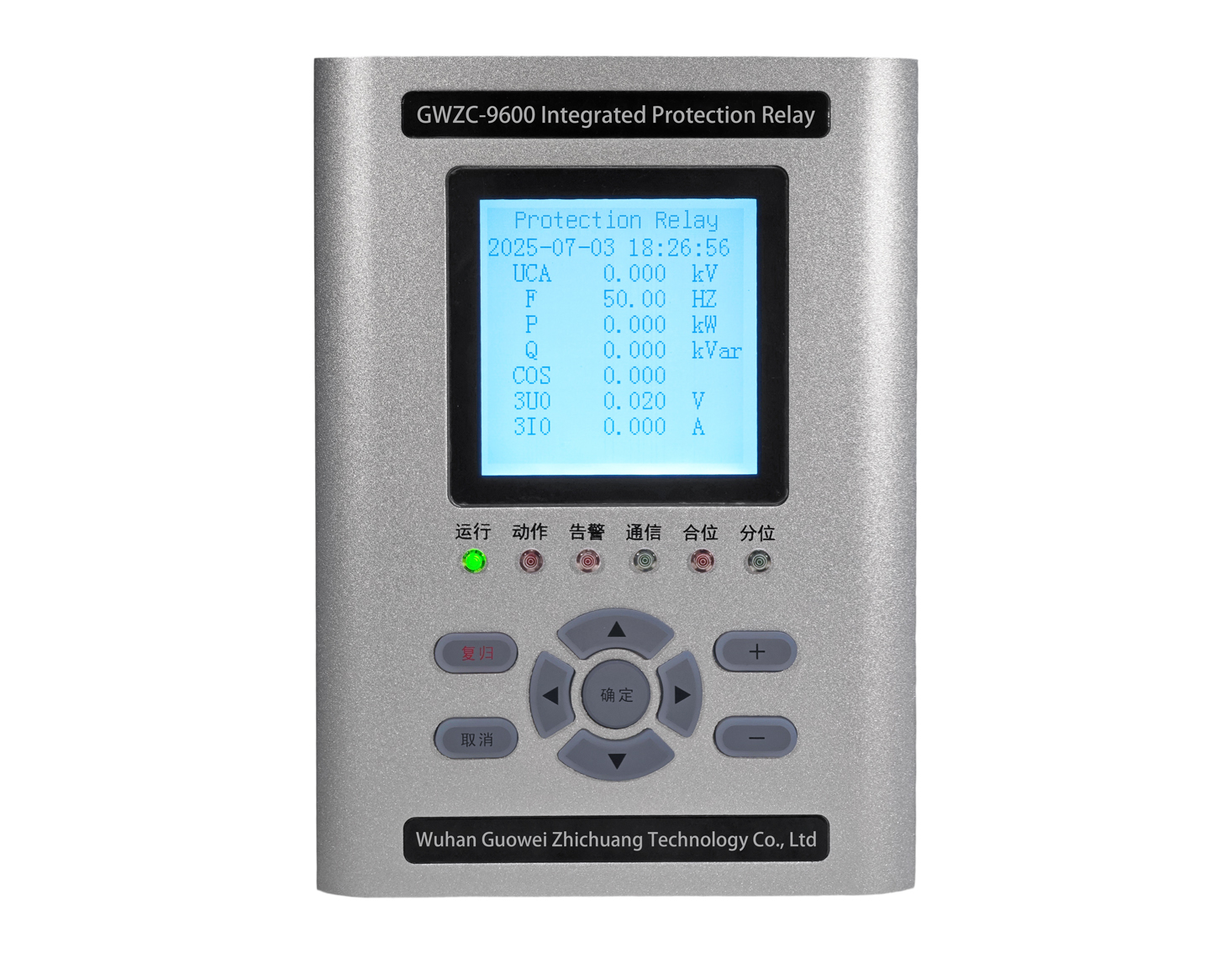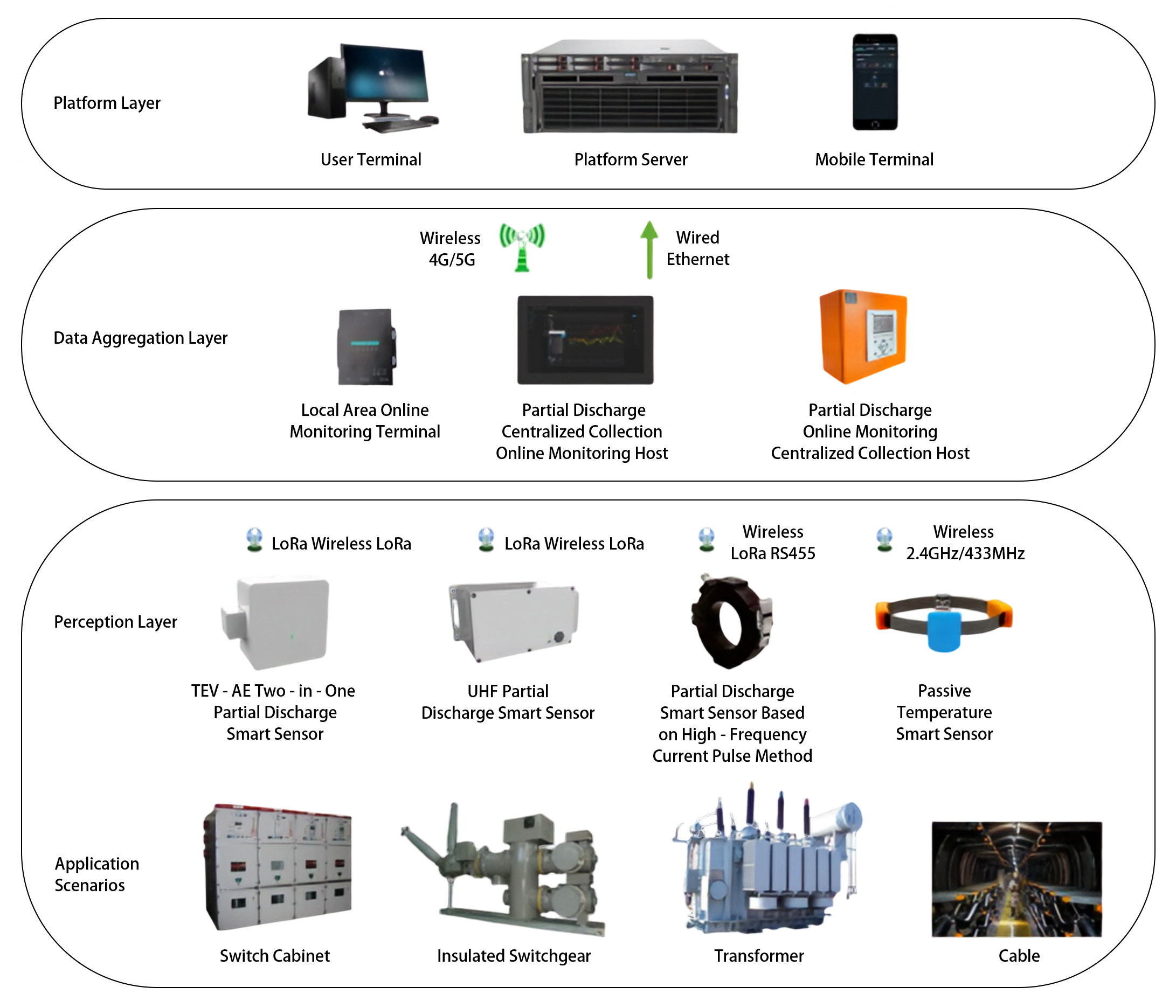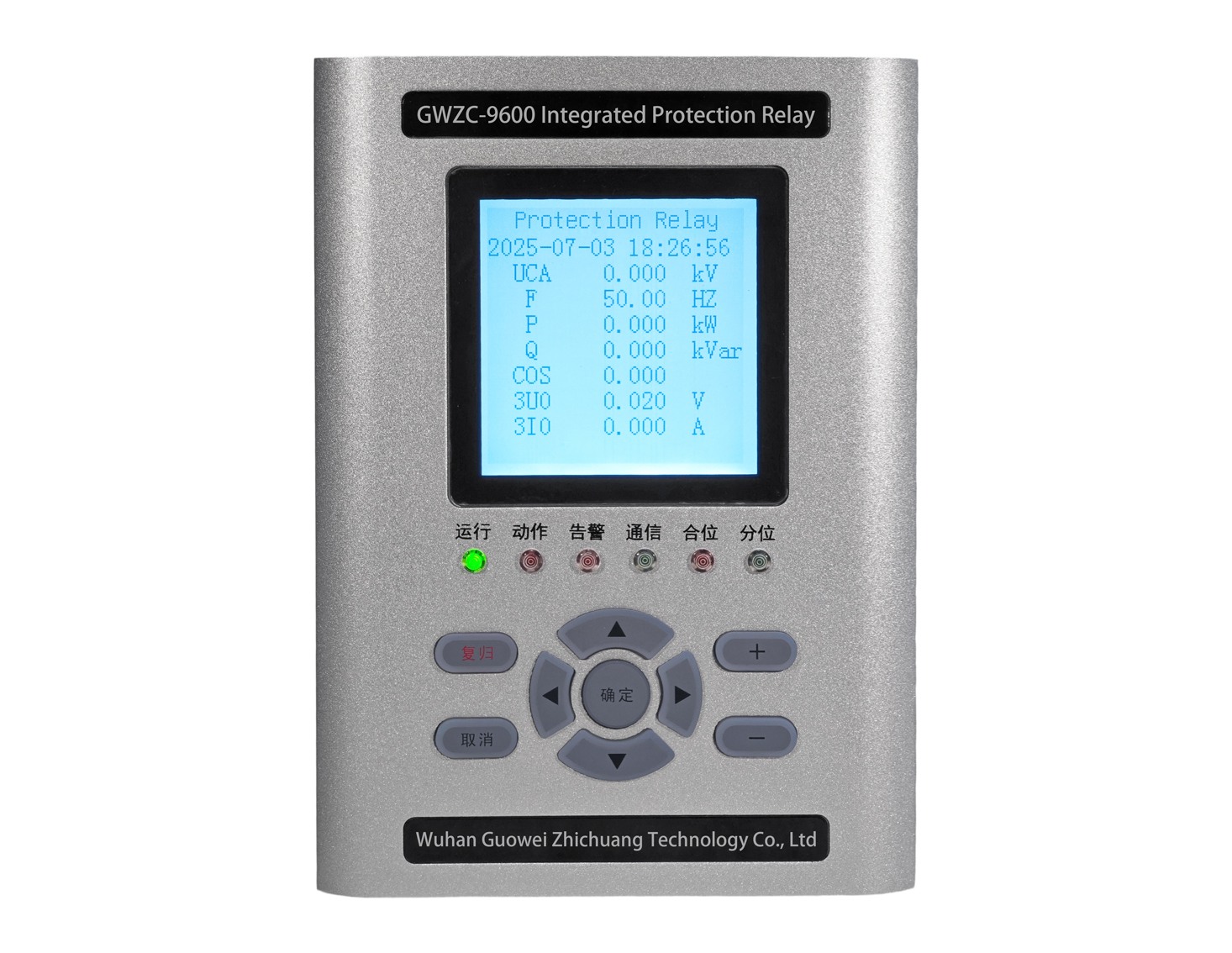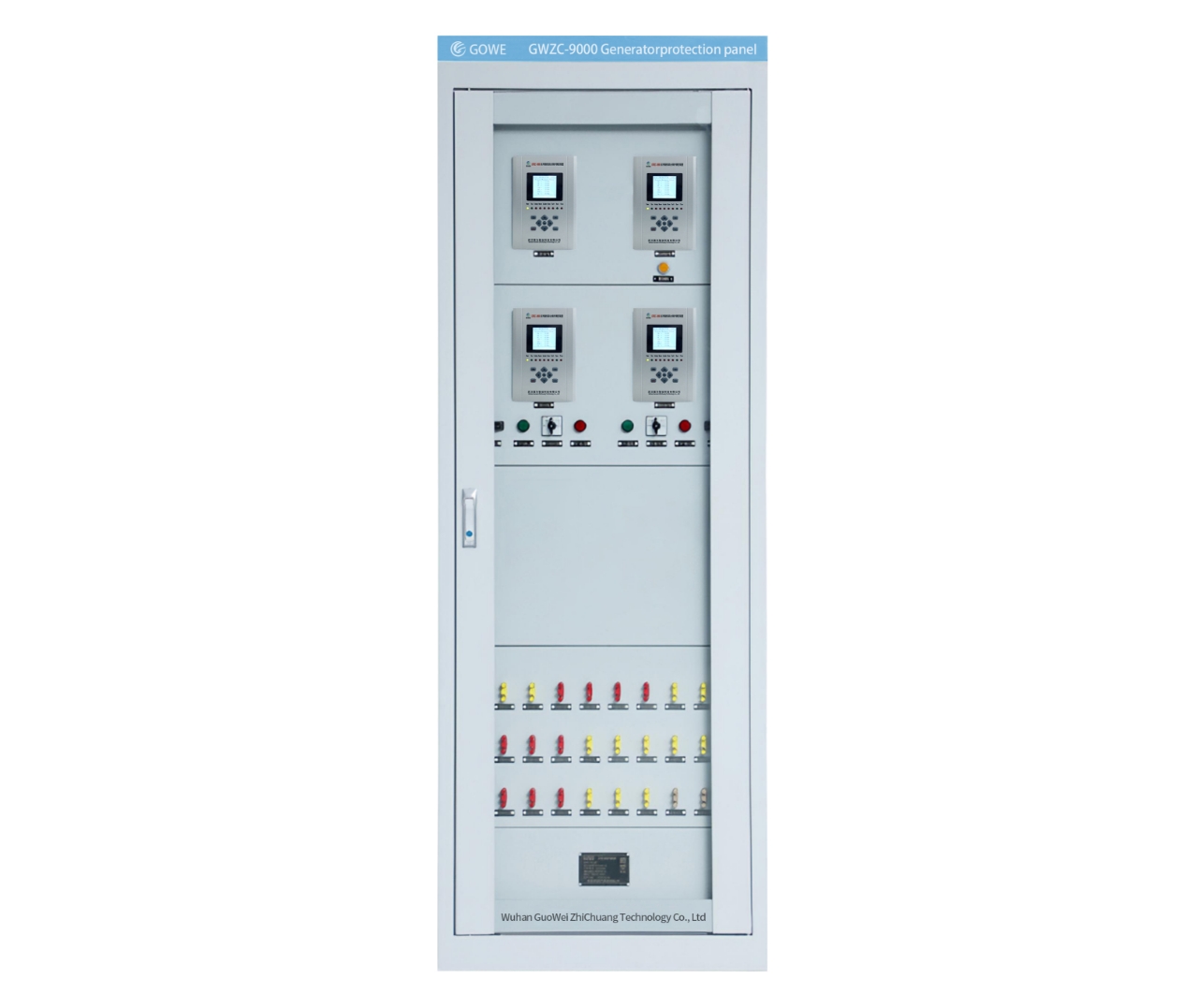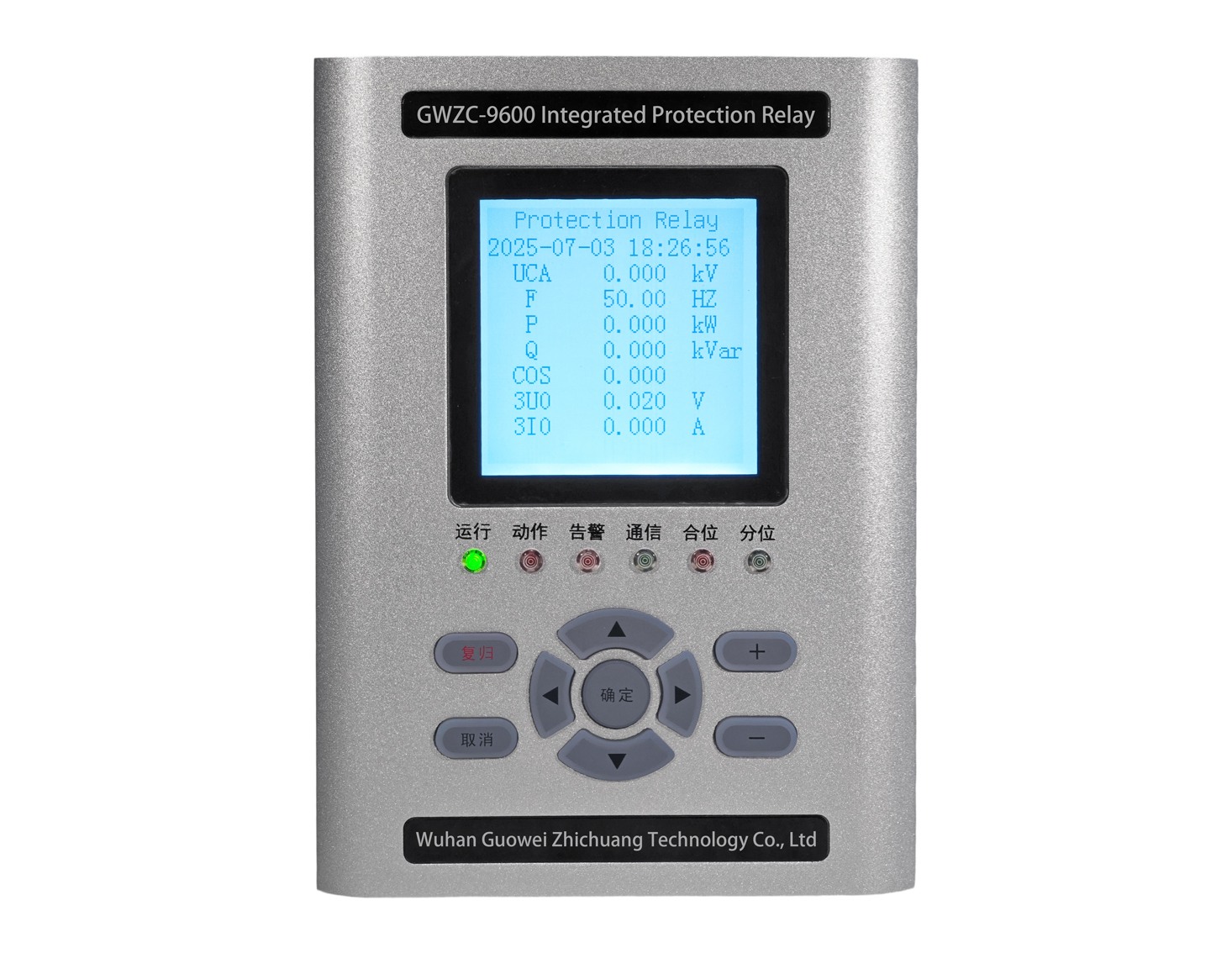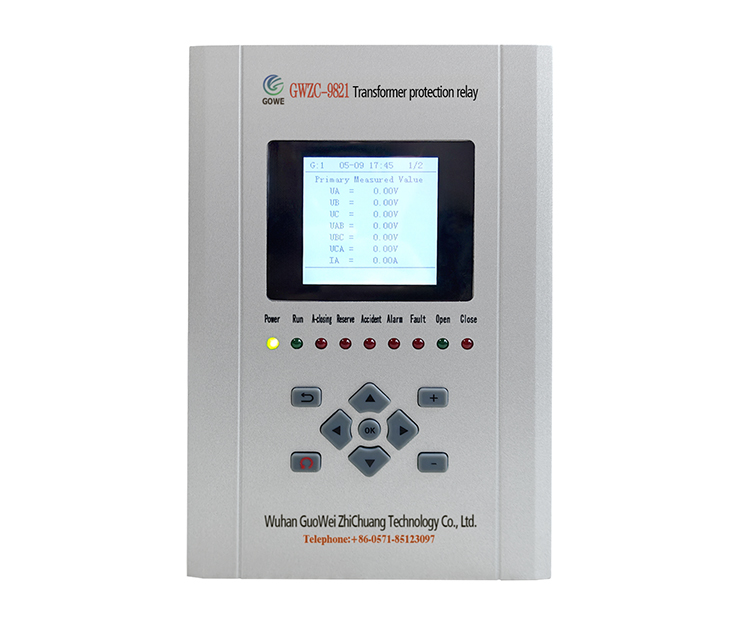
Introduction to Digital Motor Protection Relay
A digital motor protection relay is an intelligent protection device that uses microprocessor technology to monitor and protect motors from various electrical faults.
Working Principle of Digital Motor Protection Relay
Signal Acquisition: Real-time monitoring of motor operating parameters via current transformers (CTs) and voltage transformers (VTs)
Digital Processing: Microprocessor digitizes and analyzes the collected signals
Algorithm-Based Judgment: Built-in protection algorithms (overcurrent, undervoltage, imbalance, etc.) assess operating conditions
Output Control: Triggers relay output to disconnect the circuit upon detecting abnormalities
Application Scope of Digital Motor Protection Relay
Protection of three-phase AC motors
Voltage levels: Typically suitable for 380V–10kV systems
Power range: From a few kilowatts to several megawatts
Industrial applications: Pumps, fans, compressors, conveyors, etc.
Key Functions of Digital Motor Protection Relay
1.Basic Protection Functions:
Overload protection (inverse-time characteristic)
Short-circuit protection (instantaneous or time-delayed)
Phase loss/imbalance protection
Ground fault protection
2.Advanced Protection Features:
Locked-rotor protection
Under/overvoltage protection
Excessive start-time protection
Thermal overload protection (based on I²t algorithm)
3.Monitoring Capabilities:
Current/voltage display
Power/power factor monitoring
Operating time recording
Fault logging and event storage
Practical Recommendations for Digital Motor Protection Relay
1.Selection Criteria:
Verify motor-rated parameters (voltage, current, power)
Choose appropriate protection class based on environment (e.g., IP20/IP65)
Consider communication needs (Modbus, Profibus, etc.)
2.Installation & Commissioning:
Set protection parameters correctly (refer to motor nameplate data)
Test protection functions (simulate faults to verify reliability)
Regularly calibrate protection settings (recommended annually)
